Food delivery is one of the most commonplace services in the modern world. Combining professionally made food with convenient access from home, food delivery is more popular today than at any other time in history.
This is mainly due to modern technology, namely advancements in travel such as the wide distribution of cars and the evolution of communications technology including phones and POS (point of sale) systems which are commonly used in restaurants all over the industrialized world.
In fact, according to restaurant Business Online, “86 percent of consumers are using off-premise [delivery] services at least monthly” showing that delivery services are a staple of the modern food market.
![Business Online reports that 86 percent of consumers are using off-premise [delivery] services at least monthly.](https://www.thevintagenews.com/wp-content/uploads/sites/65/2019/01/istock-905516736-640x427.jpg)
The idea of takeout started back in ancient Rome with the creation of the thermopolium. They were basically a street kitchen and for many, those who couldn’t afford a kitchen of their own, the only opportunity to eat hot food.
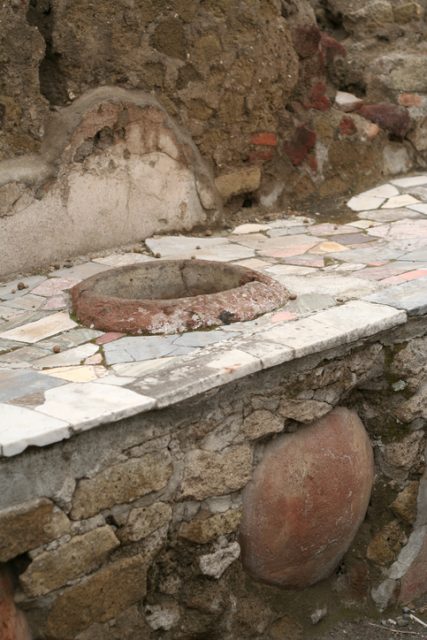
These kitchens have been found in the ruins of Pompeii and demonstrate the beginnings of the takeout concept, as the food prepared at the thermopolium was most likely taken from the kitchen to the homes of the poor.
Halfway across the world, another ancient civilization, the Aztecs, had gigantic open air markets. Within these markets were vendors who strictly sold “on the go” food, mostly tamales.
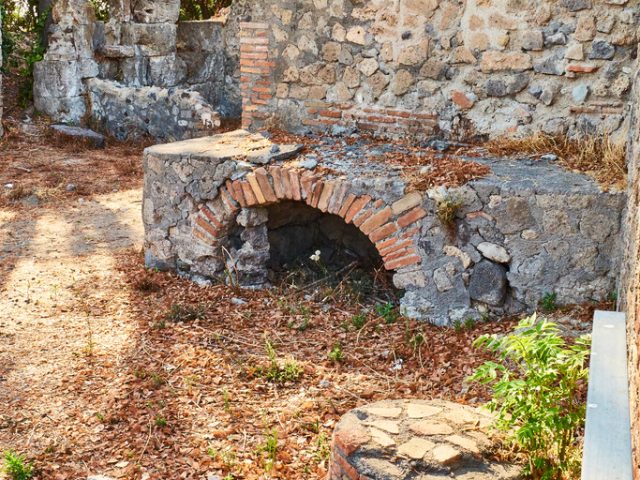
The first recorded instance of food delivery comes from Italy in 1889, when King Umberto and Queen Margherita succumbed to laziness and called upon Raffaele Esposito to deliver a pizza to them at their palace in Naples.
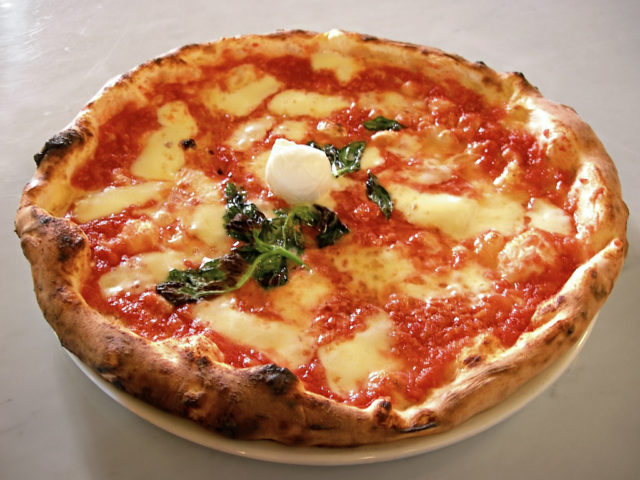
Soon after this, a man in India named Mahadeo Havaji Bachche also came up with an idea for a company dedicated to making and delivering home-cooked lunches to workers within the city of Mumbai. This service is known as a “dabbawala,” and today there are over 5,000 of them in India, delivering over 200,000 lunches a day to hungry workers all over the country.
In the meantime, The Skinny reports that Americans were revolutionizing delivery services as delis and other merchants began using horse-drawn carts to carry food to where customers were.
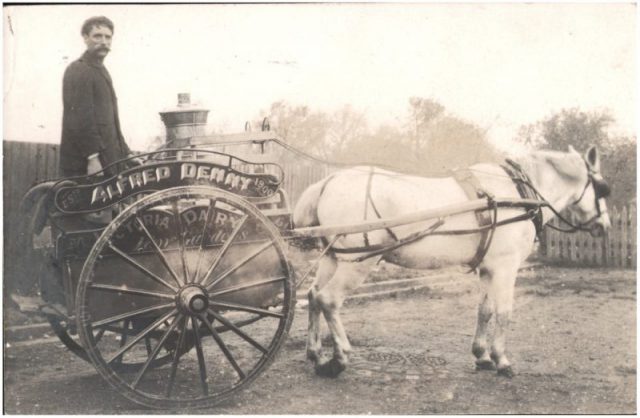
During WWII, a more modern style of delivery evolved in the U.K. where a system was set up for food to be delivered to families that had lost their homes. The government in the U.K. provided hot meals to families all around the nation as a way to keep up the country’s morale.
After the war ended, this idea was adopted by the private sector in the United States, and the modern take-out delivery service was established.
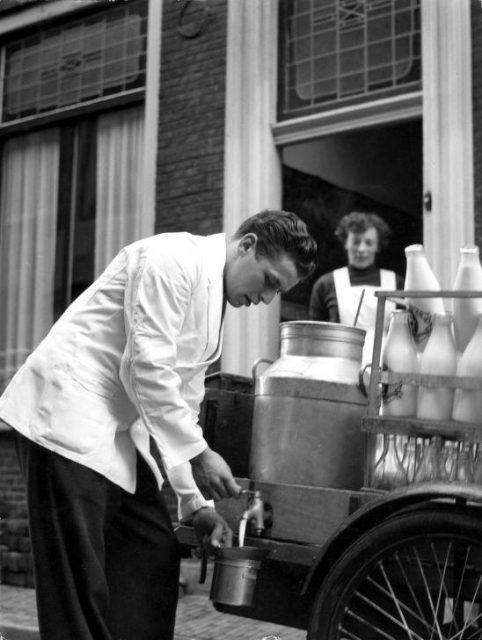
The rise of food delivery in the United States was caused by economic necessity, as during the 1950s, the growing American middle-class were content to stay at home watching their new television, and to make their food in their own kitchens.
This meant the restaurant industry in the U.S. was starting to collapse. Restaurants were forced to adapt by creating the modern delivery service, even advertising their menus on televisions. Time and The New York Times say that restaurants who began providing delivery services boosted their sales up to 50 percent in a short time.
With this simple change, many restaurants were saved. Italian restaurants were particularly well received because WWII troops and post-war tourists had been exposed to Italian Cuisine.
Read another story from us: Unearthing Fast Food Joints and Takeaway Culture in Ancient Rome
The success of this idea led to the modern day, where food can be ordered from practically any restaurant with phone apps, computers, or a call. Delivery continues to be a staple of the food industry and will continue to be for the foreseeable future.
